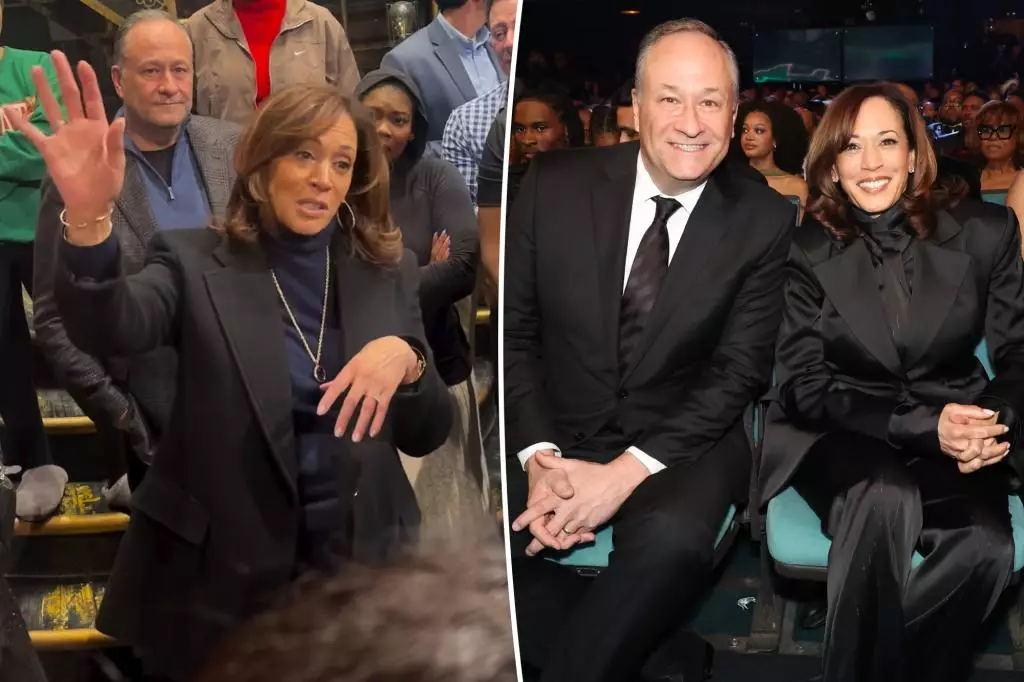In the complex political landscape following Joe Biden’s presidency, Democratic insiders are increasingly voicing their frustrations, particularly regarding Kamala Harris. Many see her as a figure who has become difficult to locate in the political arena, reminiscent of a “Where’s Waldo” scenario. This perception is amplified by a sense that her public presence lacks the dynamism necessary for a leader in these volatile times. A critical voice within the party described her activities as being too leisurely and disconnected from the urgent demands of the moment, particularly when compared to the restless energy exhibited by other political figures.
A Leadership Void?
Harris’s recent engagement with entertainment, such as her signing with the Creative Artists Agency (CAA) and attending Broadway shows, has not sat well with party loyalists who invested significantly in her political journey. Democrats are baffled that, despite considerable financial backing during the election, Harris appears to be taking a step back instead of stepping up. Such choices are seen not merely as personal pursuits but as indicative of a broader void in leadership—one that the Democratic Party can ill afford, especially as opposition figures like California Governor Gavin Newsom actively seek to carve out their own narratives and audiences.
Risk Aversion and the Art of Public Presence
One of the damning critiques leveled against Harris is her perceived risk aversion. Insiders indicate that this trait played a role in her lackluster performance during the election, as her reluctance to participate in interviews or embrace new media formats prevented voters from truly connecting with her persona. This perception of hesitance doesn’t merely reflect an individual failure but highlights the broader challenges the Democratic Party must confront if it hopes to revive itself in the public eye. Many strategic mistakes made in the lead-up to the election seem to stem from this risk-averse approach, leaving a narrative void that opponents are quick to exploit.
Internal Frustration and External Perception
The fallout from the recent elections has led to a clear sense of disillusionment among Democratic donors. Statements from them echo the sentiment of despair at the perceived squandering of resources, questioning the viability of investments made in candidates who ultimately fail to perform. These echoes of disappointment signal an urgent need for Harris to reassess her approach if she wishes to avoid becoming a symbol of wasted potential in the party’s journey forward.
A Path Forward: Engagement and Visibility
While some insiders defend Harris by citing her behind-the-scenes endeavors—fundraising for the DNC and engaging with influential leaders—critics argue that this requires a balancing act. The Democratic base is not just looking for quiet negotiations; they are yearning for leaders who will step into the public domain with assertiveness. If Harris hopes to rebuild her brand and motivate her base, she must confront the image of her being “MIA” not with silence but through active participation and meaningful dialogue in the public sphere. As the political arena evolves, so too must her strategy, ensuring she becomes both visible and relevant in the conversation.

